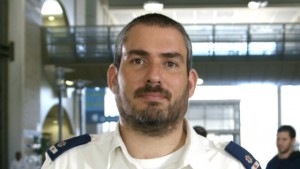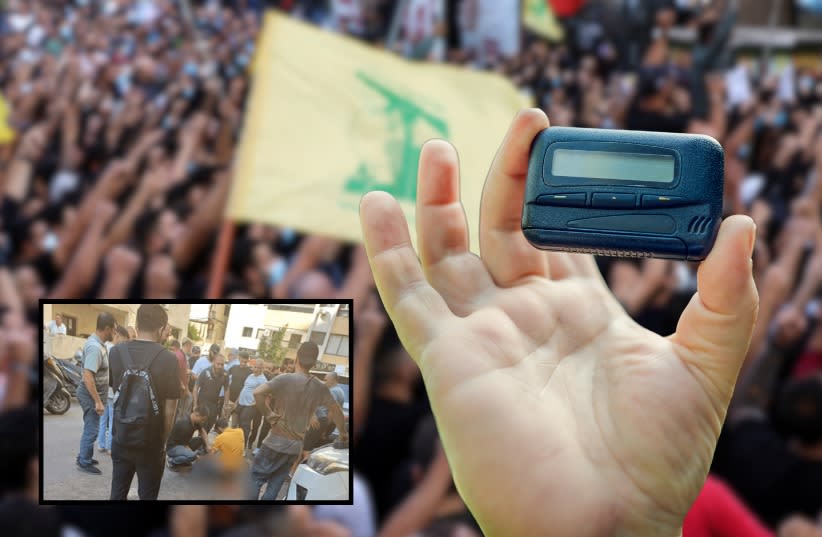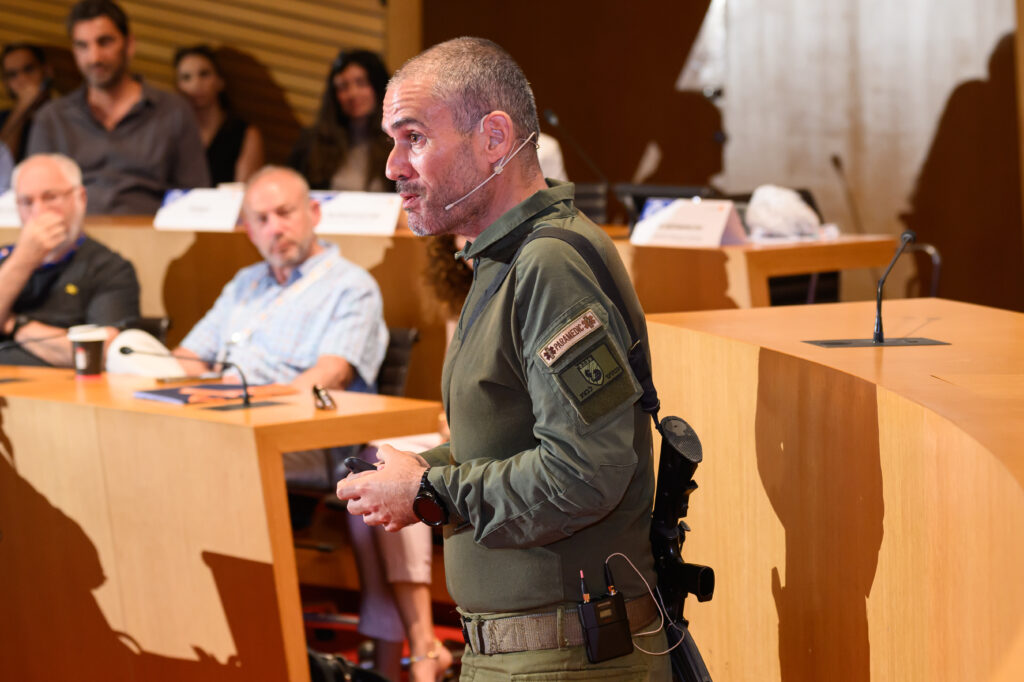
BGU Emergency Medic First on the Scene
BGU Emergency Medic First on the Scene
October 21, 2015
Homeland & Cyber Security, Medical Research
The entrance to the station was blocked with traffic and people and commotion, but we were able to maneuver through the crowd on our medicycles. We drove directly into the station. There was a lot of shooting. We didn’t know who was shooting – and I didn’t want to venture to find out – but I had to take cover.
I had time to radio MDA dispatch to provide a snapshot of what was happening on the ground so that they could allocate the appropriate number of ambulances to the scene. Then, Rotem and I immediately started treating the injured. While there’s an element of danger in going to the scene of a terror attack, our willingness to treat the wounded in a potentially unsafe situation can often make the difference between a person being stabilized and eventually recovering, and a person bleeding to death at the scene. That’s something we’re acutely aware of when we receive calls like this. Certainly, it crossed my mind when I was riding there – that and my thought that I hope I don’t know anybody injured in the attack.
The terrorist had come in with a handgun. He shot a soldier and then used the soldier’s weapon to fire more rounds. It was a rifle and it was used at short range, so it did a lot of damage. The soldier who was initially shot ultimately died. After a few minutes, more and more EMTs arrived – Israelis, Arabs, Bedouins, a diverse group that reflects the population of Beer-Sheva itself – and we began treating other patients as well.
Most of the injured were policemen or soldiers, but we also treated a man whom security initially thought was with the terrorist. He had been shot several times from close range by a security guard and was badly wounded.
We couldn’t come close to him initially as we’re required by protocol to give the police an opportunity to search injured terrorist suspects to confirm that they don’t have a bomb on them, or a gun. It was a very hectic scene. The crowd began beating him, believing he was the gunman’s accomplice. And even after we were cleared to begin administering first aid to him, people were shouting at us. “Why are you treating him? He’s a terrorist!”
They’re angry – we understand that. But we do our job.
My fellow EMTs and I attempted to stabilize the patient, then got him aboard a mobile intensive care unit ambulance to Soroka University Medical Center. We later learned the man was not a terrorist, but an Eritrean civilian, who like everyone else was simply trying to flee the gunman. He was initially conscious, but ultimately succumbed to his injuries.
It’s not easy to see young people dead. It’s tragic. The last thing we need is people killing each other.
Here in Beer-Sheva, we have a lot of Jews and Bedouins living together. People here are strong and very determined to live in peace. And life is stronger than death.
It’s one of the reasons my colleagues at MDA are willing to go into potentially dangerous situations – whether it’s near the Gaza border when rockets are raining down on the area, as we did last year during the war, or going into a scene of a terrorist attack where a gunman is still at large. There’s a sanctity to life. And every day, we hope to honor that by trying to save one.
Dr. Wacht made news after heroically providing emergency medical care under fire during Operation Protective Edge near the Gaza border, where he served as a paramedic for 52 days. A member of BGU’s Faculty of Health Sciences, he teaches and supervises advanced clinical courses on health systems management and emergency medicine. He is also the academic manager of the new Medical Simulation Center at BGU.




